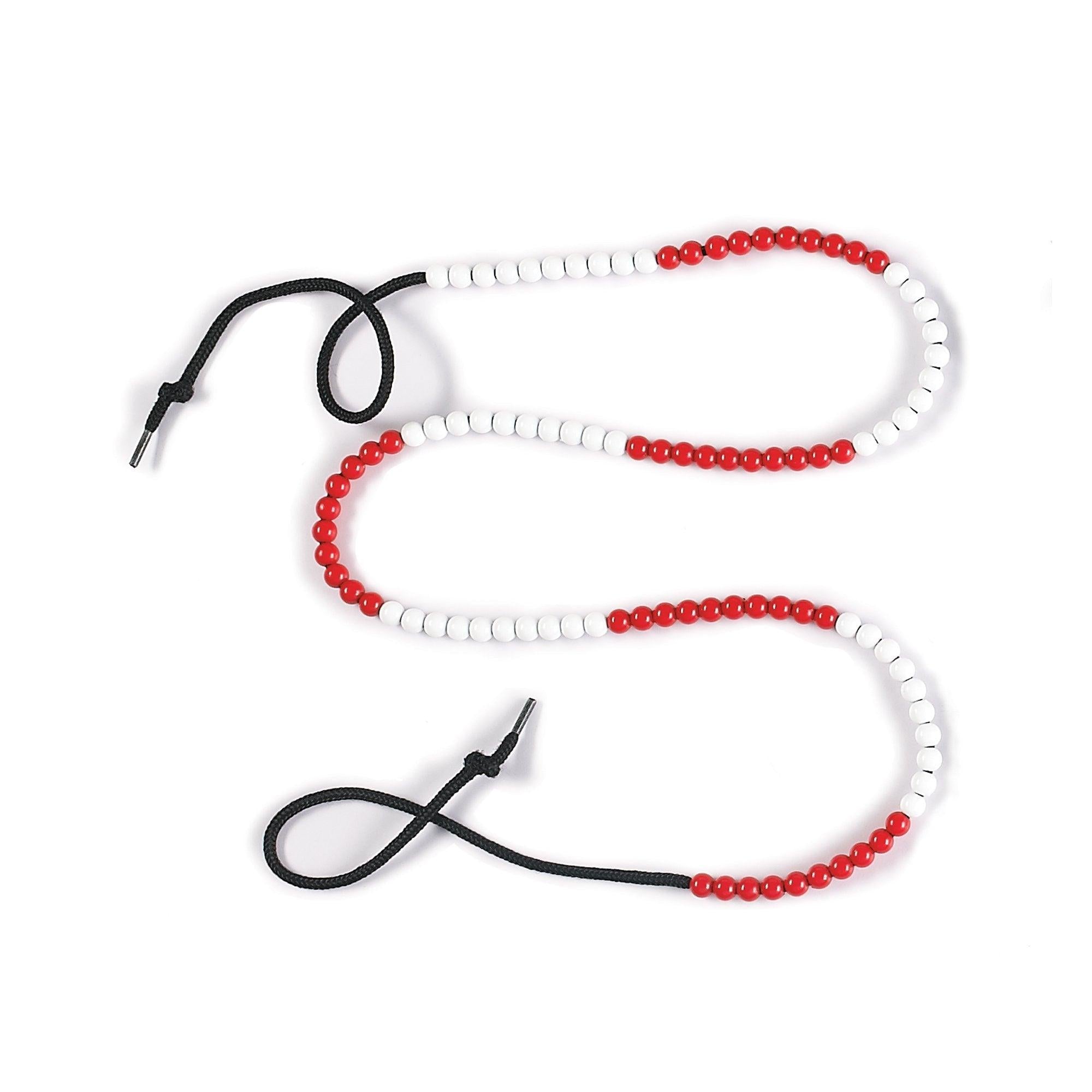The Connection Between Toys and Resilience in Childhood
Introduction
Childhood is a crucial developmental phase where children learn and grow through various experiences. One of the essential factors that contribute to a child’s development is play. Play is not only a fun activity but also a vital tool for fostering resilience in children. In this article, we will explore the connection between toys and resilience, highlighting the significant role toys play in shaping a child’s ability to cope with challenges.
The Power of Play
Play is the natural language of children. It is through play that they learn problem-solving skills, build social connections, and develop emotional intelligence. Play allows children to explore and make sense of the world around them. Moreover, it provides opportunities for children to face and overcome obstacles, which are vital experiences for building resilience.
Features of Toys that Foster Resilience
- Open-Ended Play Possibilities: Toys that encourage open-ended play, such as building blocks, puzzles, and art supplies, allow children to explore their creativity and find multiple solutions to problems. This freedom helps enhance their problem-solving and critical thinking skills.
- Social Interaction: Toys that promote social interaction, such as board games, role-playing sets, and sports equipment, enable children to develop important social skills like teamwork, communication, and conflict resolution. These skills are crucial for building resilience in social situations.
- Challenging and Rewarding: Toys that involve challenges and rewards, such as strategy games and educational toys, help children learn the value of perseverance and effort. By facing challenges, making mistakes, and eventually achieving success, children develop resilience and a growth mindset.
- Sensory Stimulation: Toys that engage multiple senses, such as sensory playsets, musical instruments, and textured toys, provide opportunities for children to explore and understand their own sensory experiences. This sensory stimulation helps children regulate emotions and develop self-awareness, which are essential aspects of resilience.
Case Studies: How Toys Shape Resilience
It’s fascinating to witness how toys can influence a child’s resilience. Let’s look at a couple of case studies:
Case Study 1: Building Confidence with Construction Toys
Johnny, a timid and shy boy, started playing with construction toys like building blocks and LEGO sets. As he engaged in building structures, he began gaining confidence in his abilities. Over time, he tackled more complex designs, experiencing both successes and failures. Through these experiences, Johnny learned resilience by accepting setbacks, adjusting his approach, and persisting until he accomplished his goals.
Case Study 2: Enhancing Resilience through Role-playing
Sarah, an introverted girl with limited social skills, discovered the joy of role-playing with dolls and action figures. As she engaged in imaginative play scenarios, she learned to navigate various social situations, including conflict resolution and negotiation. By immersing herself in different roles, she developed empathy, adaptability, and perseverance, leading to a significant improvement in her resilience and social skills.
Conclusion
Toys serve as powerful tools for developing resilience in children. By providing open-ended play possibilities, promoting social interaction, offering challenges and rewards, and stimulating multiple senses, toys play a crucial role in shaping a child’s ability to cope with adversity and bounce back from setbacks. As parents, caregivers, and educators, we should carefully choose toys that offer these essential features to support the healthy development of children’s resilience.




